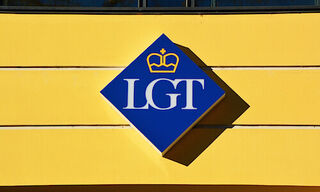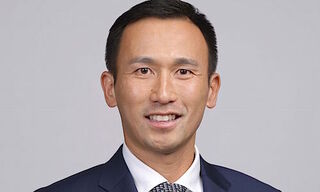In a relatively surprising development, clients across the board in Asia want to talk about opportunities in Europe, according to J. Safra Sarasin’s Karsten Junius, citing demand for alternatives to China as the key driver.
Traditionally, Asian investors have been primarily focused on US and Chinese markets due to their high growth potential in areas like technology. This has changed in recent times, according to Karsten Junius, chief economist as well as head of economy and strategy research at J. Safra Sarasin.
«I'm so surprised to find that all our clients want to talk about Europe. I never had this experience before, but they are looking,» Junius said in a recent media briefing attended by finews.asia. «Investors are looking for alternatives to invest in as many of them are skeptical about developments in China.»
Stimulus Uncertainty
There are ongoing domestic challenges like property troubles and weak consumption demand. But more importantly, there are looming concerns over US President-elect Donald Trump’s upcoming foreign policies, especially with regard to tariffs, and the stimulus outlook from Beijing.
«I imagine we would be quite frustrated not to see major stimulus [in China] but we understand that policymakers want to wait until they have more clarity about US politics,» Junius commented. «I also don't think that we will see a trend reversal in the exchange rate […] as they might want to use their firepower at a later stage.»
Attractive Valuations, Monetary Easing
While Europe does not have such an enticing growth story compared to the US or emerging markets, Junius believes that it can still serve as an interesting investment opportunity in 2025.
Firstly, valuations remain relatively low. This is not only due to limited tech exposure but valuations are cheap even at the sector level in areas like healthcare, consumer staples and financials. Secondly, Europe’s monetary policy outlook is diverging with the US with prospects of easing. J. Safra Sarasin expects four more rate cuts in the first half of the year with the stimulus effects to be felt in the second half.
Overall, the bank is overweight in equities and underweight in bonds. Within equities, it favors developed markets over emerging markets. In fixed income, it prefers high yield bonds to emerging market bonds.


























